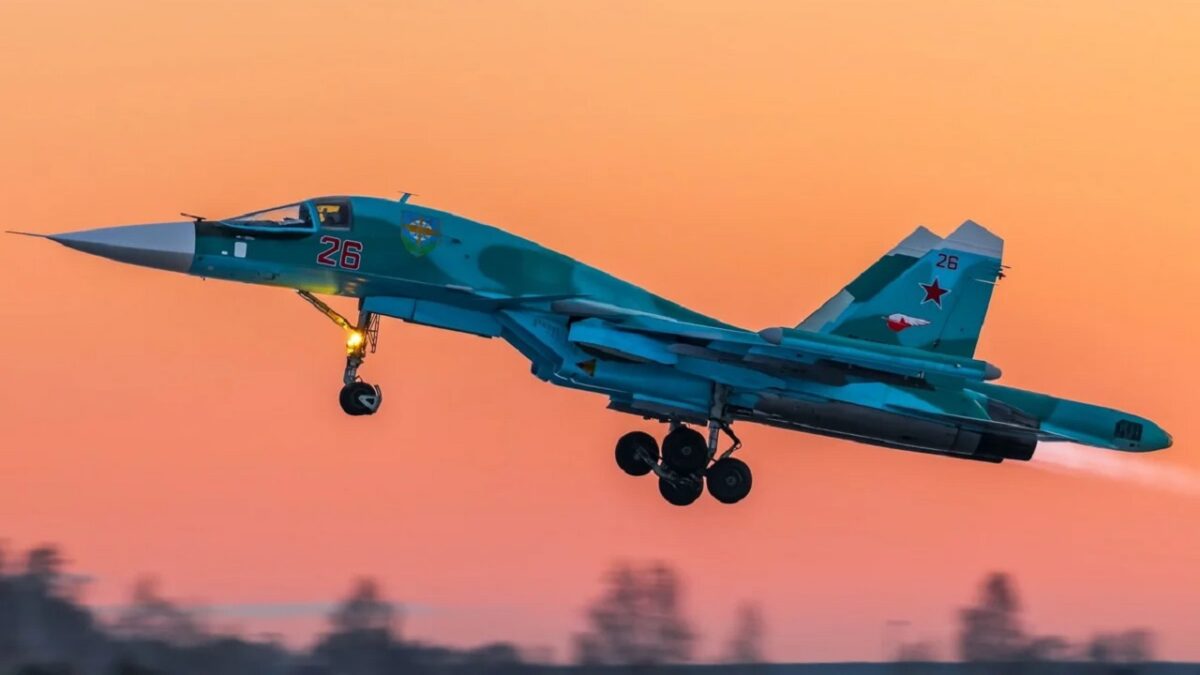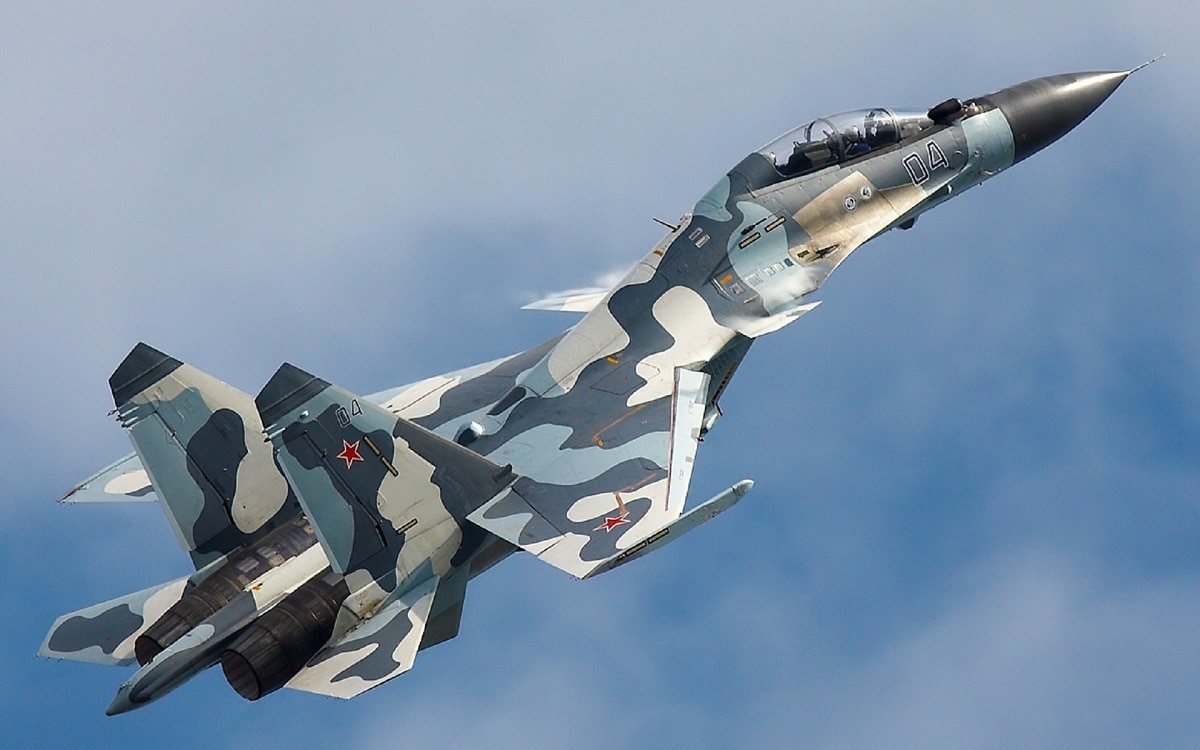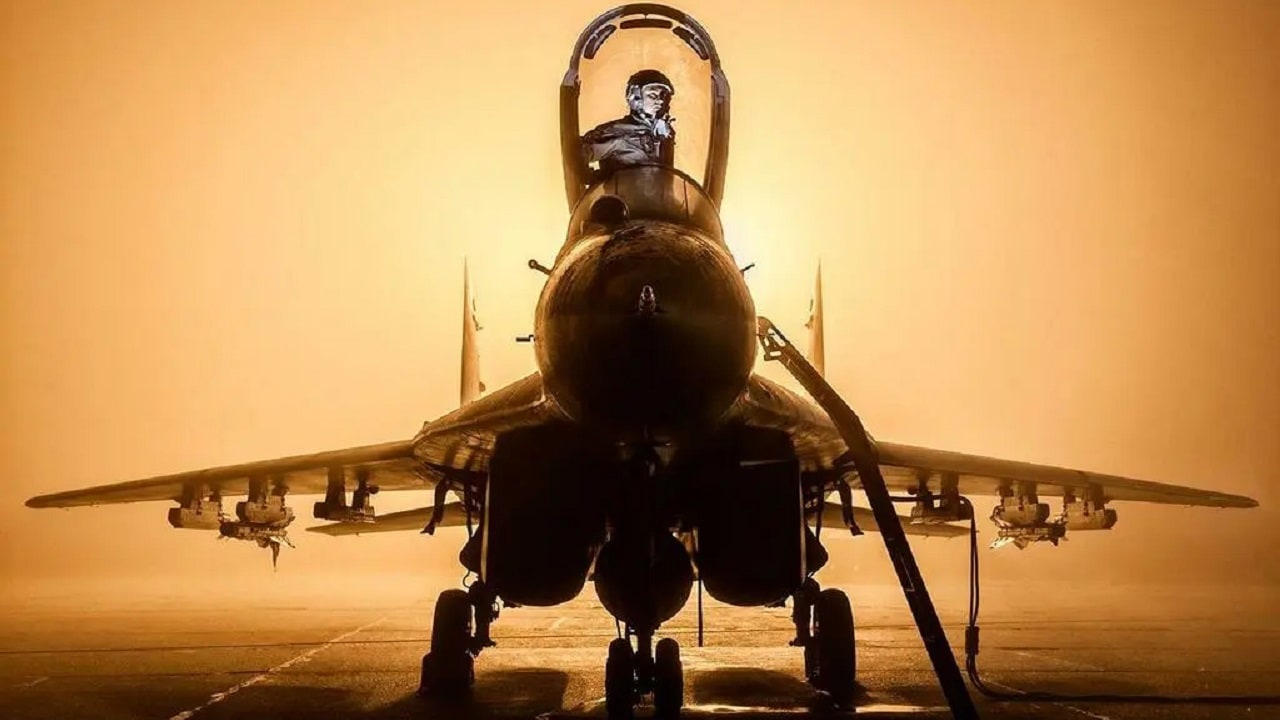Russia’s Mikoyan-Gurevich and Sukhoi, both pillars of Russia’s (and the Soviet Union’s before it) defense aviation industry, have officially been merged into a single company along with the elements of Russia’s United Aircraft Corporation (UAC). The move is the latest in a long period of reorganization in Russia’s defense aviation industry, which has struggled with strong headwinds on R&D and production as a result of significant technological sanctions, organizational troubles, and limited resources available to the Russian government and Russian state-owned entities like UAC, Mikoyan-Gurevich, and Sukhoi.
Sukhoi, Mikoyan-Gurevich, and UAC Merger Made Official
On June 1, Russian state media reported that UAC, Sukhoi, and Mikoyan-Gurevich had been officially merged into a single company and a single legal entity. According to Sergei Chemezov, CEO of Rostec (the state-owned corporation which controls the bulk of Russia’s defense industry, including UAC), the merger would simplify the management structure of the UAC while still maintaining the MiG and Sukhoi brands. However, the most important and potentially impactful insight to be gleaned from Chemezov’s statement was that UAC would begin directly managing aviation and technology production and design bureaus.
The merger of the three aviation entities does not come as a surprise to outside observers of Russia’s military aerospace industry. The idea to merge the two reportedly has existed since 2017, when it was first publicly proposed by Russian Minister of Industry and Trade Denis Maturov. However, it wasn’t until December 2021 that the decision to merge the two manufacturers under UAC management was approved by the UAC Board of Directors and shareholders of the company in January 2022. Previously, the two manufacturers had been subordinated to UAC, creating what Chemezov referred to as a “three-tiered” management structure. Both design bureaus were placed under the umbrella of the UAC upon its foundation in 2006, which was created to aggregate Russia’s military aviation industry under one entity.
Sukhoi and Mikoyan-Gurevich both have Long Histories
Both Sukhoi and Mikoyan-Gurevich have a long history within the Russian and Soviet defense industries, both with roots as pre-World War II design bureaus of the Soviet Union. Originally created as an independent design bureau in 1939, a combination of leadership struggles with Stalin and his government and wartime difficulties would mean that Sukhoi would not succeed as an independent entity until the second half of the Cold War, when it designed and produced recognizable aircraft such as the air superiority fighter Su-27 and the Su-25 attack aircraft.
MiG also emerged as an independent design bureau in 1939; it would go on to design and produce similarly well-known aircraft throughout the Cold War such as the MiG-15, MiG-21, and MiG-29 fighter aircraft, as well as their many derivative models. In addition to modernizing and producing their respective legacy models, the two design bureaus have been engaged in the development of Russia’s next generation fighter and multirole aircraft such as the PAK-DP, Su-47, and Su-57. Sukhoi is also active in the civil aviation space – the most notable example of which is the Sukhoi Superjet 100.
Post-Soviet Organizational Challenges
However, despite the previously prolific pace of aircraft development between the two development bureaus, the two have run into significant challenges in the post-Soviet era. Mikoyan-Gurevich has notably failed to win a major design competition or aircraft tender since the collapse of the Soviet Union at home or abroad, while Sukhoi has continued to secure major contracts, sometimes even at the expense of Mikoyan-Gurevich. However, even the development of prestige projects such as Russia’s planned fifth-generation Su-57 fighter (of Top Gun: Maverick fame) have struggled to overcome the idiosyncrasies of Russian defense aviation R&D. Mismanagement of Sukhoi by politically safe members of UAC’s Board of Directors has starved the project of much of the funding and technical support needed to carry the project to its completion.
Of course, one also cannot forget the perilous road bumps of Sukhoi’s civil aviation mainstay, the Sukhoi Superjet 100. A series of crashes of the passenger jet spread doubt in the safety of the aircraft around the world, which poured cold water on Russia’s plans to export the Superjet 100 on a massive scale abroad. Technological export controls will likely present significant headwinds to Russia’s civil and military aviation industries alike, as both are highly dependent on the direct and indirect import of high-tech components from the West and liberal democratic countries in East Asia.

Russia’s Su-34 fighter-bomber. Image Credit: Creative Commons.
The merger of Sukhoi and Mikoyan-Gurevich within Russia’s UAC is likely intended to help straighten out many of the development and production pitfalls that currently plague the Russian aerospace industry. However, it is unlikely that the move will significantly jump-start the Russian civil or defense aviation industries, as the shift does not solve the lack of necessary financial support and management failures that lie at the heart of the industries’ troubles, not to mention looming supply chain issues brought on by sanctions applied on Russia in response to its February 2022 invasion of Ukraine.
Despite UAC CEO Yuri Slyusar’s declaration that the merger will deliver a “powerful impulse” to the rest of the industry, it is unlikely to resolve much of the schlamperei which defines the Russian defense industry as a whole.

Russian Su-30 Fighter
Wesley Culp is a Research Fellow at the Center for the Study of the Presidency and Congress. He regularly writes on Russian and Eurasian leadership and national security topics and has been published in The Hill as well as in the Diplomatic Courier. He can be found on Twitter @WesleyJCulp.

